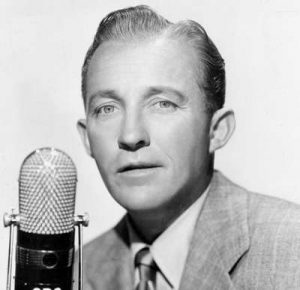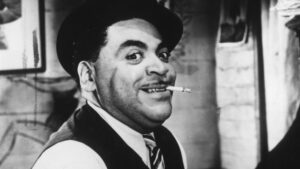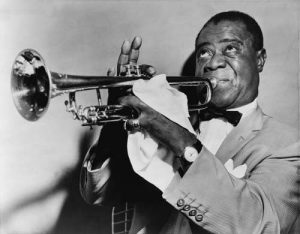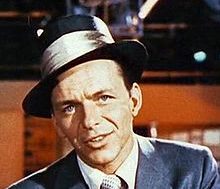In case you missed the most recent Covid update (the medley was tacked on to the end of the last blog video):
For a while, I was too shaken by the pandemic and the deaths to try to trivialize the suffering (in my mind) by putting out much music. However, somehow, life will go on and the healing power of music will go on forever, perhaps as vibrations after we are all long gone. So anyway, in addition to continuing to share Covid insights (as they occur) I will also continue to share music as it occurs. No disrespect to those who have lost loved ones. I have also. However, since I have been personally comforted by recording this music for you, I hope that at least some of you can smile with me for a few moments as you listen to some of my favorite songs.
With that said: I was thinking about why the following songs are so popular, have stood the test of time, and why they feel so comfortable and satisfying to play and listen to. The songs were all written between 1927 and 1936. I may have first learned them from a Billie Holiday Greatest Hits album I listened to during my internship in Hartford, Ct. They all have very similar chords and choral relationships – basically the same six chords upon which much of rock, blues, country, pop and classical are based: I, VI, II, V, III and let’s not forget IV.
Here’s my theory. Since these chords are so pervasive in our brains, we are comfortable in knowing what’s coming and confident in being able to predict where the music will resolve. And once we get to the end, we experience powerful positive reinforcement for being correct in our subliminal predictions. Jeff Hawkins and Sandra Blakeslee in their 2004 book ‘On Intelligence’ describe the brain as a ‘predictive machine’ and posit that the brain has evolved as a mechanism to predict the future. Hawkins predicts that we will eventually find “anticipatory cells” in the nervous system, cells that fire in anticipation of a sensory event [such as a familiar chord sequence.]
Anyway, it sure feels good playing these chords in various combinations again and again as I prepare to record them for you all. I hope you enjoy them also. A little about the songs:

“Pennies from Heaven” is a 1936 popular song with music by Arthur Johnston and lyrics by Johnny Burke. It was recorded by Bing Crosby, Billie Holiday, Doris Day, Jimmy Dorsey & his Orchestra, Tony Bennett, Dinah Washington, and many others. Interesting story: I once found myself in Stevie Wonder’s studio (that’s another story) and he asked me to play something on the piano. Well, the first thing that happened to come to mind was this song, so I somewhat nervously sat down and started playing. Suddenly, Stevie nudged me over a little on the bench and sat down on my right. I continued to comp chords on the left, and he started doing a jazz improvisation on the melody. What really blew me away (besides playing with Stevie!) was that he was doing a complex and intricate jazz improvisation with his left hand!! That’s probably why he sticks to music and I stick to surgery!

It’s a “Sin to Tell a Lie” is a 1936 popular song written by Billy Mayhew and popularized by the great Fats Waller. Incidentally, it was said that shaking hands with Fats was like grabbing a bunch of bananas. This song was pretty popular: there are currently over 100 recorded versions of it! Oh yeah, I wanted to tell you how I learned this song. A few weeks ago I was diving deep on YouTube on one of my favorite artists – guitarist virtuoso Steve Goodman – and I came across a live version of him doing this song. It reminded me of how much a guitar prodigy he was and how I first came across him sometime in the 1970s at the Philadelphia Folk Festival (but that’s another story.). Goodman’s version was so over the top amazing that I jumped up and immediately went over to the keyboard to figure it out. I didn’t think anyone could top Goodman’s energy on this song, but then I listened to Fats Waller’s version. Now I don’t know. If you’ve read this far, you probably have at least a passing interest in music. Why don’t you check out both versions on YouTube (make sure you wait until they all start singing!) and then come back and vote for your favorite (I’ve thrown in Billie Holliday for fun)!

“Them There Eyes” is a jazz song written by Maceo Pinkard, Doris Tauber, and William Tracey that was published in 1930. One of the early recorded versions was performed by Louis Armstrong in 1931. This is yet another song made famous by sultry Billie Holiday, who recorded her version in 1939 for Vocalion Records. I know I used at least one of her turns of phrase in my simple version. I always have thought that this song would be a great background for a cosmetic eyelid commercial.

“On the Sunny Side of the Street” is a 1930 song composed by Jimmy McHugh with lyrics by Dorothy Fields. Some authors say that Fats Waller (there he is again) was the composer, but he sold the rights to the song. I’ve always loved this song. Of course, the music alone. But how can you miss with ‘leave your worries on the doorstep, just direct your feet to the sunny side of the street’? Artists who have recorded versions include Billie Holiday, The Ink Spots, Tony Bennett, Steve Goodman, and many others.

“Ain’t She Sweet” is a song composed by Milton Ager, with lyrics by Jack Yellen. It was published in 1927 and typified the Roaring Twenties and ‘Tin Pan Alley’ songs. Ager wrote “Ain’t She Sweet” for his daughter.
Bosendorfer piano sound – For this recording I’m playing a Yamaha Clavinova – which has the same keyboard action as a traditional acoustic piano, but there are no strings. Pressing a key activates (in this case) a sound which was sampled from a Bösendorfer Imperial Concert Grand piano. Try listening to it with a good set of headphones! It sounds better than any piano I’ve ever owned!!

Comments are closed.